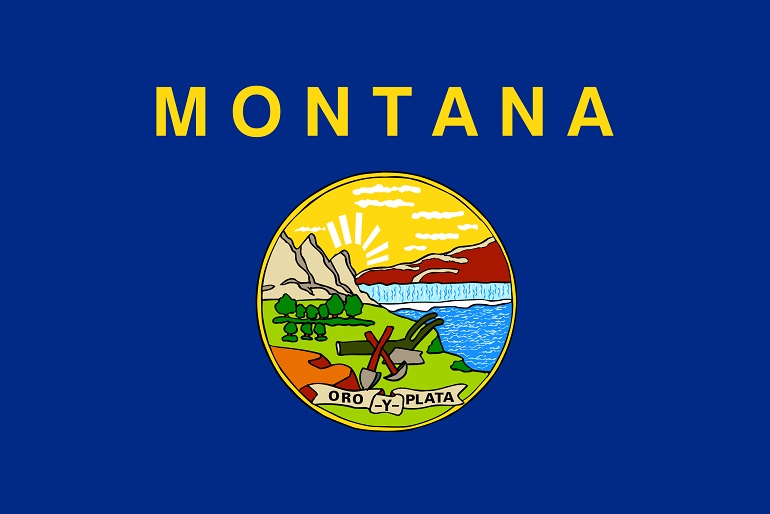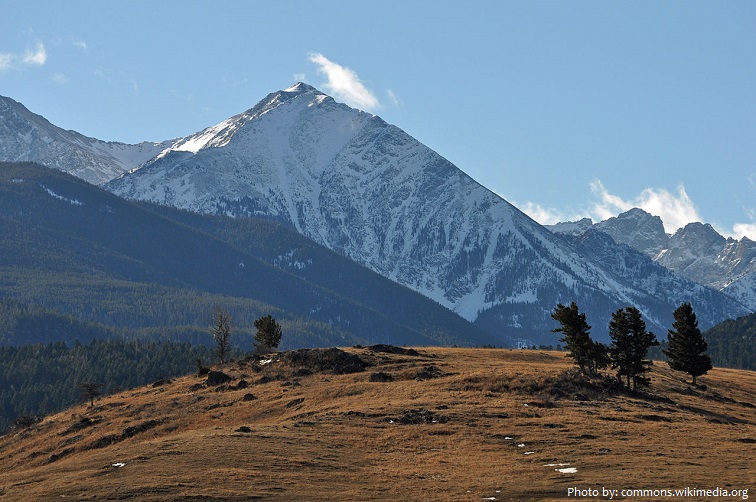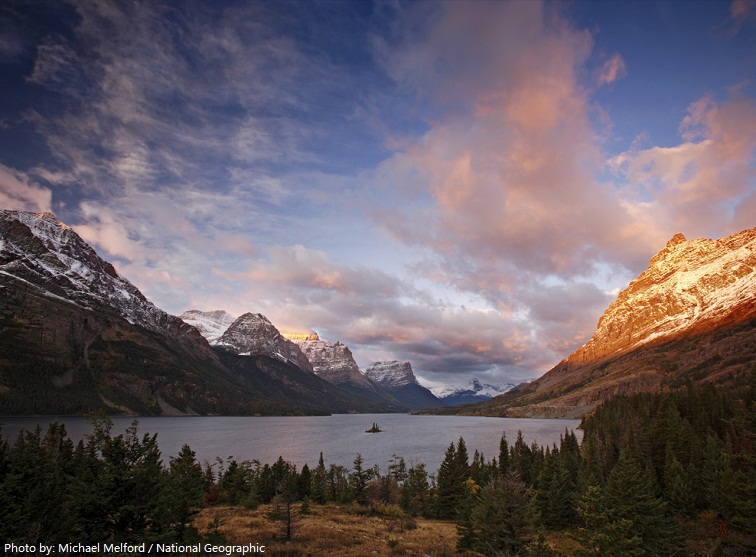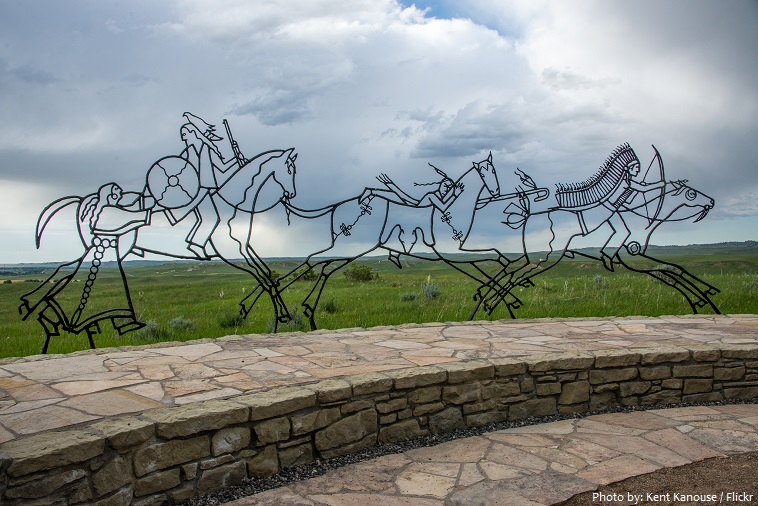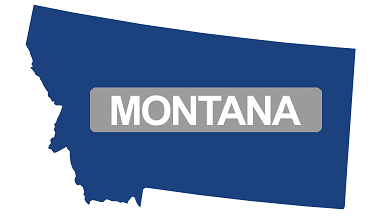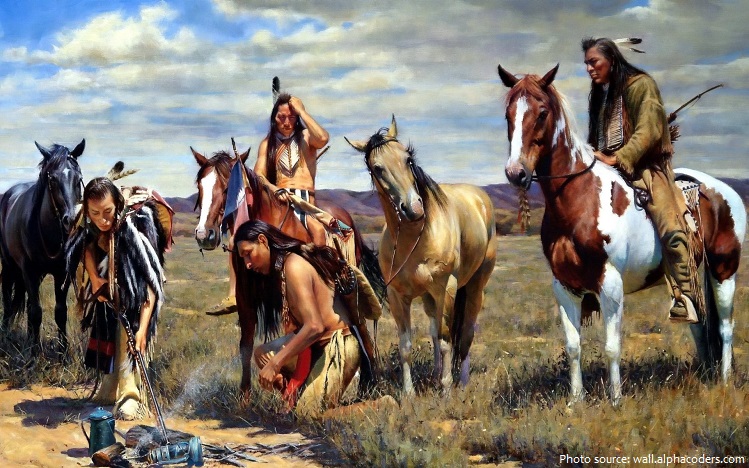Montana is a state in the Northwestern United States.
It borders North Dakota and South Dakota to the east, Wyoming is to the south, Idaho is to the west and southwest, and three Canadian provinces, British Columbia, Alberta, and Saskatchewan, are to the north.
As of August 2018, the population of Montana was estimated to be just 1.05 million. It is the 44th most populous state in the United States.
Montana is the 4th largest state in the United States in terms of total area with 380,800 square kilometers (147,040 square miles).
Helena is the state capital of the U.S. state of Montana. The city was founded as a gold camp during the Montana gold rush, and was established in 1864. Over $3.6 billion of gold was extracted in the city limits over a duration of two decades, making it one of the wealthiest cities in the United States by the late nineteenth century.
Montana can be divided into two geographic areas in general. The eastern 3/5 of Montana is covered by the Great Plains and the western 2/5 of Montana is the Rocky Mountain Region.
Rocky Mountain Montana is a land of high mountains, deep valleys, green forests, and treeless crest lines, whereas Great Plains Montana is a vast horizontal sweep of yellow rangeland, golden grain fields, and brown fallow strips. This contrast between mountain and plain is among the most powerful geographic features of the state.
Granite Peak, at an elevation of 3,904 meters (12,807 feet) above sea level, is the highest natural point in the U.S. state of Montana, and is the tenth highest state high point in the nation.
Montana has 8 national park and 55 state parks.
Glacier National Park is located in the northwest corner of Montana along the spine of the Rocky Mountains. It is famous for its jagged snow-capped peaks, glacier-carved valleys, serene lakes, rushing rivers, and abundant wildlife. The park encompasses over 400,000 hectares (1 million acres) and includes over 1,000 different species of plants, and hundreds of species of animals.
One of the most popular winter sports destinations in the US – and certainly one of the largest – Big Sky Montana is an always-bustling ski resort about an hour’s drive from Bozeman. The resort’s slopes are well known for their abundance of snow and their claims to possessing some of “the biggest skiing in America” and boasts 5,750 skiable acres along with an impressive 1,325 meters (4,350 feet) of vertical terrain suitable for all levels.
One of the best-known historical landmarks in the US – and one of the most important in terms of the reconciliation that has taken place since – the Little Bighorn Battlefield National Monument commemorates the 1876 clash between the US Army and Sioux and Cheyenne Indians. This must-see attraction includes a visitor center, museum, the Custer National Cemetery, the 7th Cavalry Memorial, and the Reno-Benteen Battlefield. The site also acknowledges the Indians who fought and fell defending their way of life, with markers indicating the final resting place of a number of warriors scattered among those of US troops.
Museum of the Rockies is a museum in Bozeman. It houses the largest collection of dinosaur remains in the United States, possessing the largest Tyrannosaurus skull ever discovered, as well as the thigh bone of a Tyrannosaurus rex that contains soft-tissue remains. The museum is part of the Montana Dinosaur Trail and is Montana’s official repository for paleontological specimens.
Archaeological evidence shows a human presence in Montana beginning about 12,000 years ago.
Native Americans were the first inhabitants of the area to become known as the state of Montana.
The Lewis and Clark Expedition of 1804-1806 was the first group of white explorers to cross Montana.
Montana became the 41st state to join the Union on November 8, 1889.
The name Montana comes from the Spanish word Montaña which in turn comes from the Latin word Montanea, meaning “mountain”, or more broadly, “mountainous country.”
Montana has several nicknames, although none are official, including “Big Sky Country” and “The Treasure State”, and slogans that include “Land of the Shining Mountains” and more recently “The Last Best Place.”
Montana’s motto, Oro y Plata, Spanish for “Gold and Silver”, recognizing the significant role of mining, was first adopted in 1865, when Montana was still a territory.
Eleven tribal nations live on seven Indian reservations in Montana. A twelfth tribe, the Little Shell Band of Chippewa, lives within the state without its own land.
The first woman to serve in Congress was a representative of Montana. Jeannette Rankin was elected to the House of Representatives in 1916, two years after women got the right to vote in the state.
The coldest temperature in the 48 contiguous states ever recorded was -57°C -70°F in Rogers Pass on January 20, 1954. In January of 1972, Loma, Montana, broke the national record for the greatest temperature change within a 24-hour period by recording a 57-degree °C (103-degree °F) climb from -48°C to 9°C (-54°F to 49°F).
Montana has the largest grizzly bear population in the lower 48 states.
The National Bison Range was established in 1908 in western Montana to preserve wild bison from extinction.
